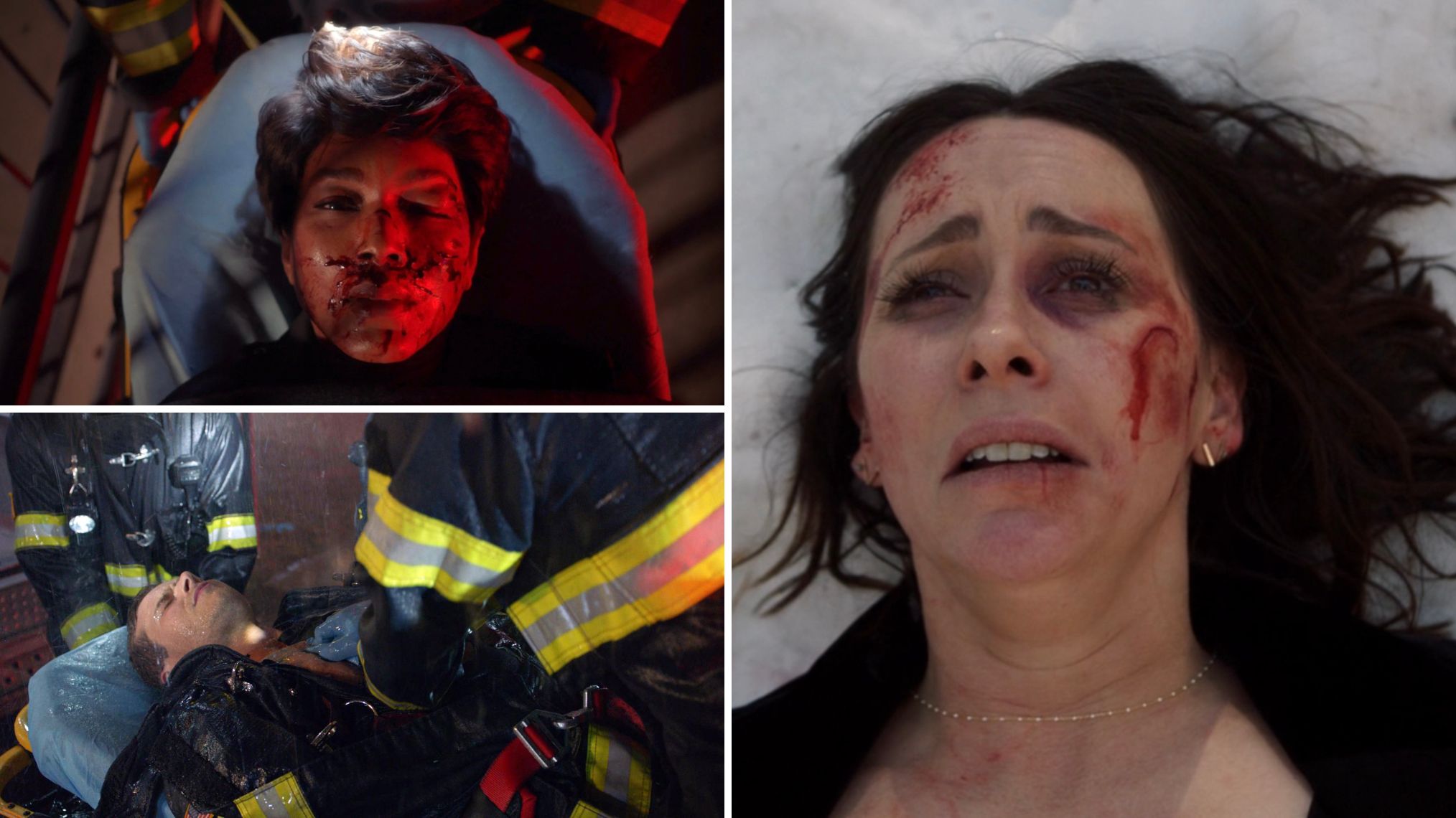
The following post contains SPOILERS for The Flash. At least for the version playing in our universe.
At this point, I think most audiences have seen enough multiverse movies to understand that each one comes with a set of rules. They intuit that these movies exist in a reality where there are multiple versions of famous characters. Sometimes, those characters are physically identical — like the variants of Doctor Strange in Multiverse of Madness all played by Benedict Cumberbatch. Sometimes, the characters can look a little bit different; Tobey Maguire, Andrew Garfield, and Tom Holland all have roughly the same height and build, but you could pick each of them out of a lineup in Spider-Man: No Way Home without any confusion.
But The Flash features a variation of at least one character that’s so jarring it’s a little bit confusing. In its initial universe (known to extremely formal nerds as the “DC Extended Universe”), Batman looks like Ben Affleck, a ruggedly handsome, brown-haired, middle-aged billionaire.
Then Ezra Miller’s Flash goes back in time to his own childhood, and saves his mother (María Verdú) from dying. When he returns to the present, she is still alive, and his home life is happy — but the rest of the world is in deep trouble. The Justice League no longer exists, and General Zod just arrived to conquer the planet. With nowhere else to turn, Flash turns to a retired Batman — only this guy doesn’t look like Ben Affleck, he looks like Michael Keaton, the man who played Batman more than 30 years ago — and who is technically a senior citizen, along with the gray hair and wrinkles to match. (Ben Affleck is 50; Michael Keaton is 71.)
READ MORE: Actors Who Turned Down Big DC Roles
It’s easy to understand how a small change to the past could have enormous consequences to the future. (Remove even one consequential person from the world — Abraham Lincoln — and all of history gets rewritten.) But again, those consequences are on the future. Flash’s changes in the past take place about 15 years ago — after Ben Affleck’s Batman would have been born as, y’know, Ben Affleck. In his timeline, he might have already been Batman at that point!
Even if we accept that Flash’s mom not dying rippled out and affected the world in enormous ways, they seemingly would not turn a 50 year old man into a 70 year old one. How could a woman’s life or death in, say, 2005 affect whether a baby was born in, say, 1945 or 1965?
The Flash wonders the same thing. Keaton’s Bruce Wayne explains it all to him using a bowl of spaghetti.
This is DC’s multiverse, not Marvel’s or Sony’s, and they’re playing by their own rules. Keaton says some people (like Doc Brown, along with the folks who make those other multiverse movies) think of the multiverse as branches in time. Someone travels to the past and changes something — like whether the Flash’s mom lives or dies — and from that point on, events differ. To illustrate that example, he takes two pieces of uncooked spaghetti and holds them together. Then he places a finger in the middle of the two pieces and stretches one spaghetti strand away from the other. That’s a branch in time.
But time, says Keaton’s Batman, is not linear. (Are you going to argue with him? He’s Batman!) He says that when you reshape a point in history, it impacts not only what will occur after it but what has already occurred before it. He illustrates this idea by taking his two pieces of spaghetti and rotating them so they only touch in the middle, like an intersection between two streets.
Keaton doesn’t explain how the past was refashioned so that Bruce Wayne is born 20 years earlier, or why he now looks like the dude from Johnny Dangerously instead of the guy from Good Will Hunting. But, then, how could he? Keaton’s Batman has no idea how it happened. And ultimately those specifics are kind of unimportant. What is important is the principles of time travel logic. And those he lays out clearly.
The other way you could think about all of this are to imagine the way Flash travels through time as a pebble being dropped into the surface of calm water. The pebble causes a ripple, and that ripple expands out in every direction, not just one. And so when the Flash is dropped into the moment in the past when his mother was killed, and he prevents her death, it affects all of time in every direction. And somehow that transforms Ben Affleck into Michael Keaton. To figure out any more than that from just The Flash, you’d have to be the world’s greatest detective.

The Weirdest Marvel Comics Ever Published
Of all the thousands of comics published by Marvel, these are far and away the strangest.
















:quality(85):upscale()/2024/12/24/622/n/1922564/9eb50f2c676abd9f1647c5.05876809_.jpg)








